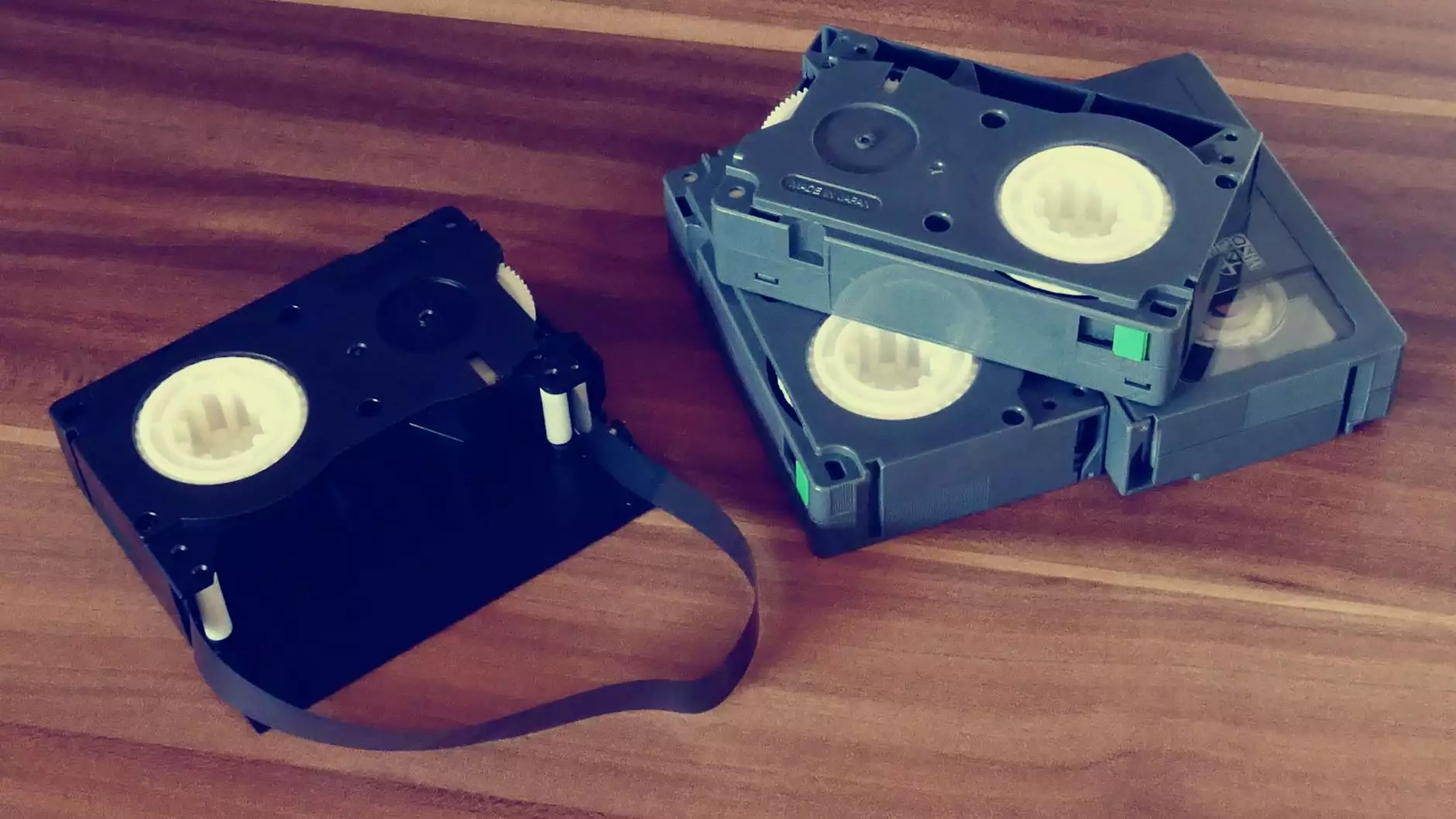How To Organize Bills & Mail
Home Transformations
Efficient strategies for a clutter-free office
Welcome to the ultimate guide on how to effectively organize your bills and mail! At Best DIY Furniture Paint, we understand the importance of maintaining a well-organized office space. In this comprehensive guide, we will provide you with expert tips and strategies to streamline your paperwork and keep your office clutter-free.
1. Designating a Dedicated Workspace
One of the first steps to organizing your bills and mail is creating a dedicated workspace. This area should be comfortable and free from distractions, allowing you to focus solely on managing your paperwork. Choose a desk that fits your needs and style, ensuring it has enough surface space for your tasks.
Consider investing in a filing cabinet or desk organizer to keep your bills and mail sorted. This will help you categorize incoming documents and make them easily accessible. Additionally, designate specific compartments or folders for different types of mail to simplify the sorting process.
1.1 Choosing the Right Office Furniture
When selecting office furniture, opt for pieces that are both functional and visually appealing. Your furniture should complement your office decor while providing ample storage options. Invest in shelving units, drawers, or cabinets to organize your bills, mail, and office supplies effectively.
Remember, a clutter-free workspace promotes productivity and allows you to efficiently manage your bills and mail.
2. Sorting and Categorizing
Sorting your bills and mail is an essential step in staying organized. Start by creating separate categories for different types of documents, such as bills, statements, personal correspondence, and junk mail.
As you receive new mail, immediately sort it into the appropriate categories. Discard any unnecessary items, such as advertisements or duplicate documents.
Consider setting up a system, such as color-coded folders or labeled trays, to easily identify and locate specific documents. This will save you time and prevent the frustration of searching through piles of paperwork.
2.1 Implementing a Filing System
To ensure long-term organization, establish a filing system that works for you. Choose between physical filing cabinets or digital storage solutions, depending on your preference. Both options have their advantages, so consider your needs and available resources.
If utilizing physical filing cabinets, label each drawer and folder clearly. Sort your documents according to relevance, such as by month, year, or alphabetical order. Remember to regularly review and purge old files to make room for new ones.
For digital storage, invest in reliable software or cloud-based platforms that allow you to scan and store your documents electronically. Create folders and subfolders within the system to categorize your bills and mail efficiently.
3. Establishing a Routine
Maintaining an organized office space requires consistent effort. Establishing a routine will help you stay on top of your bills and mail. Dedicate specific times each week to sort and address incoming documents.
During your designated "billing time," review your bills, identify due dates, and schedule payments accordingly. Make note of any important dates on a calendar or in a digital planner to ensure you never miss a deadline.
3.1 Going Paperless
If you prefer a more eco-friendly approach, consider going paperless. Many bill providers offer electronic statements and payment options. Going paperless not only reduces clutter but also minimizes your impact on the environment.
Set up automatic payments whenever possible to streamline the bill payment process. This will save you time and give you peace of mind knowing your payments are being handled efficiently.
4. Utilizing Technology and Apps
Take advantage of technology and various apps to enhance your organization process. There are numerous tools available to help you manage your bills and mail effectively.
Consider using apps that allow you to scan and digitize your documents, eliminating the need for physical storage space. These apps often include features such as reminders, notifications, and search capabilities, making it easier to find specific documents when needed.
Explore finance management apps that can help you track your expenses, manage your budget, and set financial goals. These tools provide valuable insights and enable you to stay on top of your finances.
4.1 Password Security and Data Protection
When using technology and apps for bill organization, it is crucial to prioritize password security and data protection. Choose strong, unique passwords and enable two-factor authentication whenever possible. Regularly update your passwords to minimize the risk of unauthorized access.
Conclusion
By following these expert tips and implementing the strategies outlined above, you will be well on your way to organizing your bills and mail effectively. At Best DIY Furniture Paint, we believe that an organized office space promotes efficiency and reduces stress.
Remember, consistency is key when it comes to maintaining organization. Dedicate time each week to sort and address your bills and mail to prevent them from piling up. Keep your workspace clutter-free, and utilize technology and apps to streamline the process.
With an efficiently organized office, you can focus on the tasks that matter most, knowing that your bills and mail are handled effectively.




